Total revenue management is broadly defined as managing each revenue source to the highest profitability. By incorporating multiple revenue points of sale like food and beverage, banqueting and conferencing facilities, spa, retail, leisure activities, and others with room revenue management, total revenue management assists hotels in achieving their goal of increasing revenue and profitability in a competitive market.
Table of Contents:
- Total Revenue Management is Here to Stay
- What Is Total Revenue Management (TRM)?
- Essential Total Revenue Management Components for Maximum Hotel Profitability
- Total Revenue Management 2.0: AI, Personalization, and Post-Pandemic Profit Strategies
- The Advantages of Total Revenue Management
- 5 Tips to Successfully Implement Total Revenue Management
- Total Revenue Management for All Types of Properties
- KPI’s Used in Total Revenue Management
- Global Hotel Industry Outlook 2025-2035: Total Revenue Management
- Open Pricing Total Revenue Management Strategy
Total Revenue Management Is Here to Stay
Hotel revenue management has traditionally been primarily focused on optimizing and maximizing room revenue. For nearly a decade, incorporating all revenue streams within revenue management has been a much-talked-about topic in hospitality forums. So why so little progress? What are the hurdles and obstacles? Some would say it is a lack of technologies and systems, while others attribute it to the lack of knowledge and skills.
Well, those days are gone! With operational costs rising 5% annually while RevPAR growth decelerating to 0.8%, hotels can no longer afford to optimize revenue streams in isolation. There have been path-breaking initiatives in the hotel tech space. Our hotel revenue executives now have the right tools in their arsenal to assist them in making well-informed decisions.
Hotels are surveying different avenues to generate additional money, even during low-occupancy times. We, therefore, see a substantial modification in strategies that include total revenue management. Total revenue management has evolved into devising pricing strategies that optimize the hotel’s total revenue performance.
Simultaneously measuring corresponding links across revenue streams to package services or rates to elevate a hotel’s total profit margin is the main ethos of total revenue management. For example, a casino hotel regularly comps off room nights for high-rolling guests because they have measured the room cost to be far less than the amount of the bets placed!
A more straightforward tactic is upselling; an upsell to the next room category will increase ADR while allowing you to resell the lower room category. In the off-peak times, offer discounted spa treatments to increase the turnover and boost footfalls when you generally would not have the business.
As noted by Robert Mandelbaum, Director of Research Information Services at CBRE Hotels,
“Hotels that focus solely on RevPAR are missing significant revenue opportunities. The properties that will succeed are those that optimize total guest value across every touchpoint.”
Video: Total Revenue Management Explained
What Is Total Revenue Management (TRM)?
Total Revenue Management (TRM) is a holistic approach to optimizing all revenue-generating areas of a hotel, not just rooms. It involves synchronizing pricing, forecasting, marketing, and guest experience strategies across departments such as food & beverage, spa, banqueting, parking, golf, and retail.
Unlike traditional revenue management that treats each department as a separate profit center, TRM recognizes that non-room revenue can represent a significant portion of profits, especially in full-service hotels and resorts. It is about shifting from revenue silos to a unified, property-wide revenue strategy.
According to Cornell University’s Center for Hospitality Research, hotels implementing comprehensive TRM strategies achieve 12-18% higher profit margins compared to properties using traditional departmental optimization.
Klaus Kohlmayr, Chief Development Officer at IDeaS Revenue Solutions, explains:
“The future of revenue management is about understanding that every guest decision is interconnected. When we optimize total revenue rather than individual departments, we see remarkable improvements in both guest satisfaction and profitability.”
Key Components of Revenue Management for Maximum Hotel Profitability
These six total revenue management strategies form the foundation for optimizing hotel revenue across all departments and guest touchpoints.
- Unified Data Analytics Platform: Hotels need real-time visibility into performance across departments. Centralized data powers better forecasting, dynamic pricing, and demand response.
- Cross-Department Collaboration Framework: Cross-department collaboration ensures rooms, F&B, spa, and events work together to maximize total guest spend efficiently. Cornell Hotel School research shows that breaking down silos and aligning departments with shared KPIs and unified incentives reduces revenue leakage by 12–15%.
- Demand Forecasting: Demand forecasting should extend to all outlets. Instead of only forecasting occupancy, hotels can project F&B cover counts, event space utilization, and spa bookings to inform scheduling, pricing, and marketing.
- Dynamic Pricing Beyond Rooms: Dynamic pricing isn’t just for rooms anymore. Spa treatments, cabana rentals, and even parking rates can respond to demand shifts.
- Upselling and cross-selling: These key TRM levers are especially personalized via CRM data. From offering a guest a late checkout, a premium wine pairing, to an in-room massage, these micro-opportunities add up fast.
- Staff training: If only the revenue manager thinks in terms of TrevPAR, the strategy fails. Front-line employees must be empowered and rewarded for driving total revenue.
Video: Total Revenue Management and Its Impact on Hotel Profitabilities
Total Revenue Management 2.0: AI, Personalization, and Post-Pandemic Profit Strategies
The new approach to Total Revenue Management uses AI, guest personalization, and post-COVID changes to help hotels increase revenue across all areas of the business.
AI and Technology Revolution in Total Revenue Management
Artificial intelligence is reshaping how hotels manage revenue across all departments. Today’s AI-powered systems analyze massive data sets from rooms, restaurants, spas, and events to uncover trends and opportunities that traditional methods often miss.
According to Future Market Insights, the cloud-based deployment of revenue management solutions is predicted to increase significantly at a 13.5% CAGR by 2033.
Hotels now use machine learning to adjust prices dynamically. These algorithms consider guest behavior, weather, local events, and booking patterns to optimize pricing and maximize total guest value.
Advanced AI systems analyze historical data, booking patterns, and guest preferences. This predictive capability enables targeted marketing campaigns and personalized pricing strategies that significantly increase ancillary revenue capture.
Future technologies, such as voice-activated bookings and computer vision, will enhance personalization and optimize service delivery. With AI, Total Revenue Management becomes more than a strategy. It becomes a fully connected, automated ecosystem that drives both profitability and guest experience.
Post-Pandemic Revenue Strategy Evolution
The pandemic permanently reshaped guest expectations. Forward-thinking hotels are now embedding these changes into their Total Revenue Management strategies to capture new revenue opportunities and improve guest satisfaction.
Contactless services have become key revenue drivers. Mobile ordering, contactless spa bookings, and virtual concierge platforms create new upsell moments with higher guest satisfaction and increased ancillary revenue.
Hybrid events are another major shift. Hotels now host meetings that combine in-person and virtual participation. These events often command premium pricing due to added tech and service requirements.
Health and safety features have moved from cost centers to revenue-generating assets. Enhanced cleaning protocols, HEPA air systems, and wellness certifications are now marketed as premium amenities.
Lastly, work-from-hotel packages have opened up steady revenue streams. Many hotels report higher daily revenues from work-from-hotel guests compared to traditional leisure travelers.
These post-pandemic shifts are here to stay, and hotels that adapt quickly will lead the next wave of revenue growth.
Guest Experience Integration and Personalization
Total Revenue Management extends beyond maximizing revenue. It includes elevating the guest experience in ways that drive more spend and repeat business. Satisfied guests are more likely to purchase add-ons, leave positive reviews, and return.
Modern TRM systems create seamless guest journeys by connecting all departments. When a guest books a room, the system can automatically suggest a spa appointment, restaurant reservation, or workspace. This improves convenience and increases revenue per stay.
Hotels also use data-driven personalization to customize offers. Past dining choices, spa visits, and stay history inform customized upsells that feel personal rather than generic. This makes guests feel recognized and boosts ancillary sales.
Premium guest services have become new profit centers. Concierge offerings now include paid personal shopping, exclusive tours, and luxury transport. These services generate direct revenue while deepening the overall experience, turning one-time guests into loyal, high-value customers.
Peggy Fang Roe, Chief Sales & Marketing Officer at Marriott International, states:
“Our success comes from understanding that every guest interaction is a revenue opportunity. By coordinating our pricing strategies across all touchpoints, we’ve seen remarkable improvements in both guest satisfaction and total property performance.”
The Advantages of Total Revenue Management
A well-rounded total revenue management strategy can help hotels achieve increased profitability, reduced costs, better alignment between departments, and improved cluster/portfolio performance. Below, you will find a summary of all the benefits.
- Increased revenues: Food & beverage and ancillary revenues are almost always on the back burner when managing revenues. By adopting a total revenue management strategy, hotels can guarantee that strategic decisions impact all aspects of revenue in the hotel.
- Reduced costs: Not all income is similar in terms of profit margins. Hotels can manage staffing, purchasing, and fixed costs with a total revenue management approach.
- Cohesive workforce: Total revenue management approach brings all departments together to achieve a single goal: increased profitability. By breaking this goal down into smaller, quantifiable goals relevant to each department, the entire staff is energized to achieve their targets.
- Asset optimization: Rooms, banquet spaces, restaurant seats, and spa treatment rooms are perishable. When there is a unified approach to fill these seats in “dead time zones”, hotels benefit by optimizing these spaces.
- Increased productivity: When revenues increase and costs decrease, the results are immediately visible in the bottom line.
- Improved group operations: By carrying out total revenue management across the portfolio, management displays better performance, solidifying their efforts to increase brand presence.

Pallavi Gaonkar, Director of Revenue, Ayada Maldives“Certainly, leveraging advanced Revenue Management Systems (RMS) is essential for modern revenue management practices. These systems facilitate predictive analytics and provide real-time updates, significantly reducing the time spent on manual data compilation. While subscribing to reports, such as those from STR, can offer insights into competitor performance, there is often a delay in receiving this information. An RMS, on the other hand, delivers real-time competitor data, enabling timely and informed decision-making. Additionally, maintaining regular communication within the team—across sales, operations, and marketing—is crucial. This collaboration allows for the exchange of valuable insights, including market trends, on-site observations regarding guest expectations, willingness to spend, and guest feedback. Such internal dialogue enhances the team’s ability to respond quickly and effectively to changing market dynamics.” Click here to read more tips about revenue management from our Expert Panel. |
5 Tips to Successfully Implement Total Revenue Management
Adopting total revenue management does not necessarily require an enormous amount of effort or the formation of performance improvement teams to establish total hotel revenue management concepts. Here are five easy steps to help you in the initial stages of your journey:
- Adopt a total revenue management mentality in each decision-making, planning, meeting, and performance review.
- Train and educate all hotel stakeholders on the importance of total revenue management, its expectations, and the successes that can be achieved.
- Apply revenue management strategies and practices to all applicable departments.
- Establish a system and techniques to guide decisions that generate maximum revenue and profitability for the entire hotel.
- Invest and/or implement RMS systems, tools, and metrics for tracking, reporting, and forecasting revenue at the department and property levels.
Total Revenue Management for All Types of Properties
Total revenue management can be used for all properties, small or large, chain or independent, leisure or business-centric. Do you need to identify the market segment you are catering to? What does your customer want? Analyze your booking and source data, and listen to the voice of the customer. Tailor-made packages that distinguish the requirements of a business or leisure guest will help increase profitability and guest satisfaction.
Total revenue management strategies can also help address a need or solve a problem. Are your spa therapists not too busy during specific periods of the day, and eventually forced to refuse appointments during peak times? Offer a special “down-time discount” for the quiet hours.
Table: Considerations for Total Revenue Management for Different Types of Properties
| Property Type and Target Market | Strategic Implementation | Customer Engagement and Satisfaction |
|---|---|---|
| Small and Independent Hotels | Focus on identifying niche market segments. Implement dynamic pricing and personalized service offerings. | Enhance guest experience through tailored services; leverage personal interactions for feedback and improvements. |
| Large Chains and Business-centric Properties | Employ advanced data analytics for market segmentation and pricing strategies. Develop business traveler-focused packages and amenities. | Prioritize efficiency and convenience for business travelers; utilize feedback systems for service improvements. |
| Leisure-oriented Properties | Create leisure-centric packages, focus on experiential offerings. Use seasonality and demand forecasting. | Enhance satisfaction through unique, leisure-oriented experiences and services; gather feedback via social media and guest reviews. |
| Specific Challenges (e.g., Spa Utilization) | Implement targeted strategies like “down-time discounts” during off-peak periods to optimize resource utilization. | Increase guest satisfaction by offering value-added services and addressing specific needs; use customer feedback to identify popular offerings. |
KPIs Used in Total Revenue Management
An essential element of total revenue management is to adopt quantifiable performance metrics. Some important KPIs to track for a holistic hotel revenue performance are:
ROOMS:
- Total Revenue Per Available Room (TRevPAR): Tracks all revenue sources per available room, giving a complete view of total hotel performance beyond just room revenue.
- Gross Operating Profit Per Available Room (GOPPAR): Tracks all revenue sources per available room, giving a complete view of total hotel performance beyond just room revenue.
- Customer Acquisition Cost (CAC): Measures the total cost of marketing and sales efforts needed to acquire each new guest.
- Customer Lifetime Value (CLV): Estimates the total revenue a guest will generate over time, including repeat stays and spending on services.
FOOD & BEVERAGE POINTS OF SALE:
- Revenue Per Available Seat Hour (RevPASH): Tracks F&B revenue efficiency by analyzing sales per seat per hour of operation.
- Profit Per Available Seat Hour (ProPASH): Measures net profit from each seat per hour by subtracting direct costs from revenue.
- Residential vs Non-Residential Revenue: Compares guest F&B revenue with income from outside diners to balance pricing, marketing, and seat allocation strategies.
MEETING AND CONFERENCE FACILITIES:
- Revenue Per Available Square Foot/Meter (RevPAF/M /M): Calculates total event revenue per square foot or meter of function space.
- Revenue Per Attendee (RevPA): Measures the average revenue earned from each event attendee across all services.
- Attendee Density: Monitors the number of guests per square foot to optimize space use and ensure safety.
- Inquiry Conversion Performance: Tracks how many event inquiries turn into confirmed bookings, reflecting sales team performance and pricing appeal.
SPA:
- Revenue Per Available Treatment Hour (RevPATH): Calculates spa revenue based on total therapist hours available for bookings.
Global Hotel Industry Outlook 2025-2035: Total Revenue Management
The next decade will mark a major turning point for the global hotel industry. As growth slows and costs rise, hotels will need smarter strategies to stay profitable. Total Revenue Management (TRM) is expected to become the standard operating model across all regions and hotel types.
By 2035, rising guest expectations, competitive pricing pressures, and digital transformation will push hotels to go beyond room-based revenue strategies. The future will belong to properties that treat every touchpoint, spa, F&B, events, parking, and retail as an opportunity for revenue and guest engagement.
Technologies like AI, automation, and predictive analytics will make TRM scalable and precise. According to industry forecasts, the global revenue management systems market is expected to expand from $19.28 billion to $48.4-69.2 billion by 2032 at a 9.6-13.6% CAGR. AI-powered systems will deliver 17% revenue increases and 10% occupancy improvements within twelve months of implementation.
According to the CBRE report, regional tourism will diversify. While Asia-Pacific and Middle East markets are expected to lead recovery and growth, Europe and North America will rely on TRM to manage mature demand and rising costs.
Hotels that fully embrace TRM will benefit from improved margins, smarter forecasting, and stronger guest loyalty. Those who don’t will fall behind. So, TRM isn’t just a trend; instead, it is the foundation of future hotel profitability.
Open Pricing Revenue Management Strategy
An open pricing model has the potential to assist with a total revenue management strategy by providing greater flexibility and scope to move away from the concept of using a fixed BAR (best available rate) as the basis for all pricing. This means bigger changes to room rates can be made based on fluctuations in demand.
When it comes to maximizing revenue, open pricing models have huge potential because they allow companies to move beyond the fixed modifiers usually used to sell rooms at a rate that makes the most sense. Rates can also be modified for each distribution channel independently, allowing for more targeted pricing.
This pricing model also helps hotel owners, marketers, and revenue managers avoid situations where promotions or distribution channels need to be closed off because they are not in keeping with the established BAR approach. Meanwhile, for customers, there is also the potential for pricing to move significantly lower than the BAR, especially when demand is low, and hotels are keen to fill rooms as soon as possible.
You can explore the concept of open pricing in further depth, including a more detailed breakdown of how it works, what the main benefits are, and how it can be implemented as part of a wider total revenue management approach by reading the “Open Pricing: Why Is It the Next Hotel Revenue Management Strategy?”
Total Revenue Management FAQs
To sum up, total revenue management is not about looking at each line of business individually but as a collective package of opportunities to forecast and price optimally. To succeed, hotels must be prepared to break down silos, think in creative and radical new ways about day-to-day hotel operations, and take confident, strategic actions.
Did You Like This Article About TRM?
You might also be interested in the following articles:
- What Is Hotel Revenue Management?
- STR Report: Introduction Guide for Hoteliers
- Reasons You Can Benefit From a Freelancer Revenue Manager
- Revenue Management vs Yield Management
- Forecasting Tips to Improve Your Revenue Management Strategy
More Tips to Grow Your Business
Revfine.com is the leading knowledge platform for the hospitality and travel industry. Professionals use our insights, strategies, and actionable tips to get inspired, optimize revenue, innovate processes, and improve customer experience.Explore expert advice on management, marketing, revenue management, operations, software, and technology in our dedicated Hotel, Hospitality, and Travel & Tourism categories.
This article is written by:
Hi, I am Martijn Barten, founder of Revfine.com. With 20 years of experience in the hospitality industry, I specialize in optimizing revenue by combining revenue management with marketing strategies. I have successfully developed, implemented, and managed revenue management and marketing strategies for individual properties and multi-property portfolios.


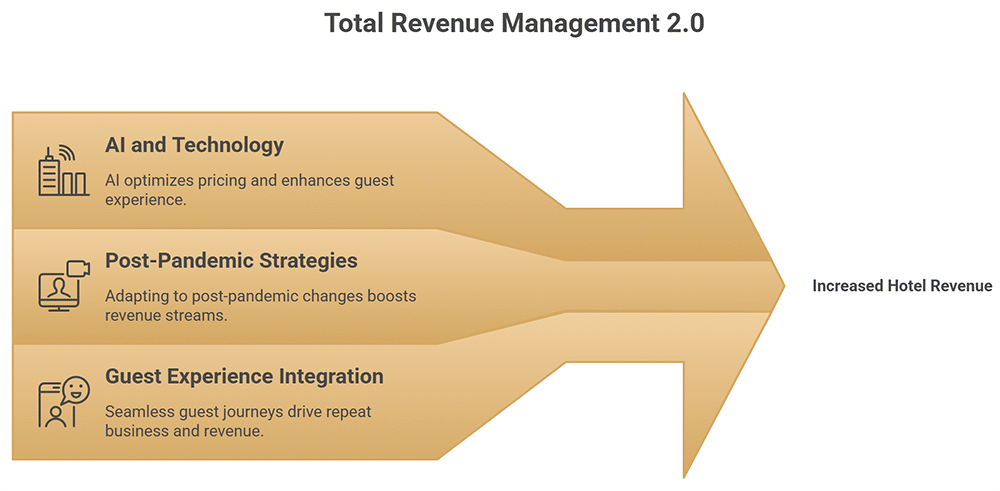
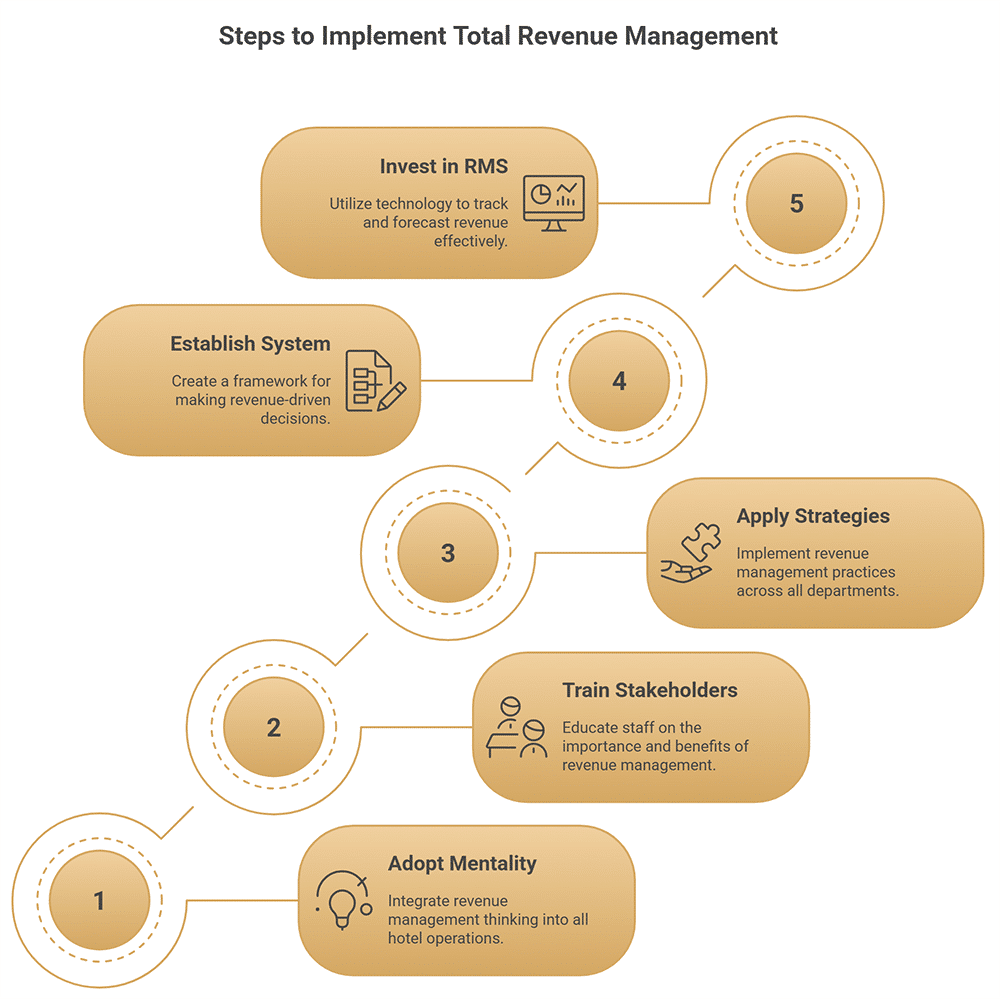
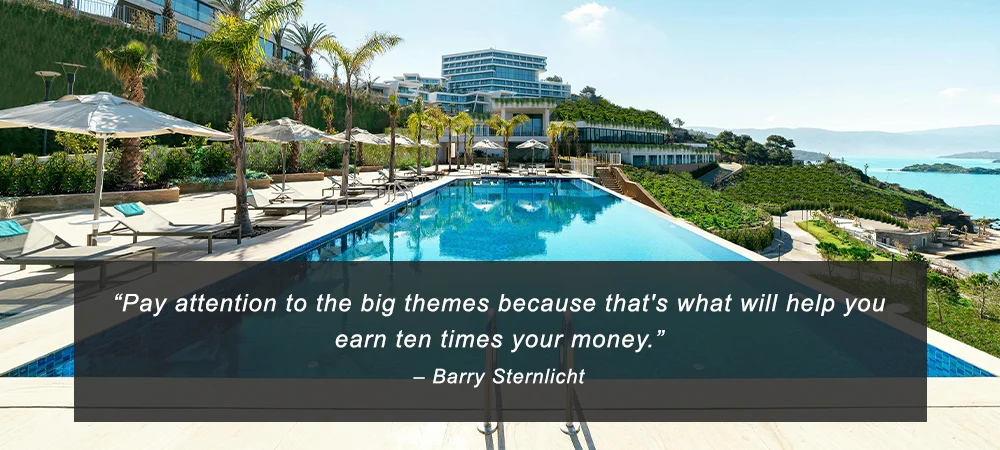

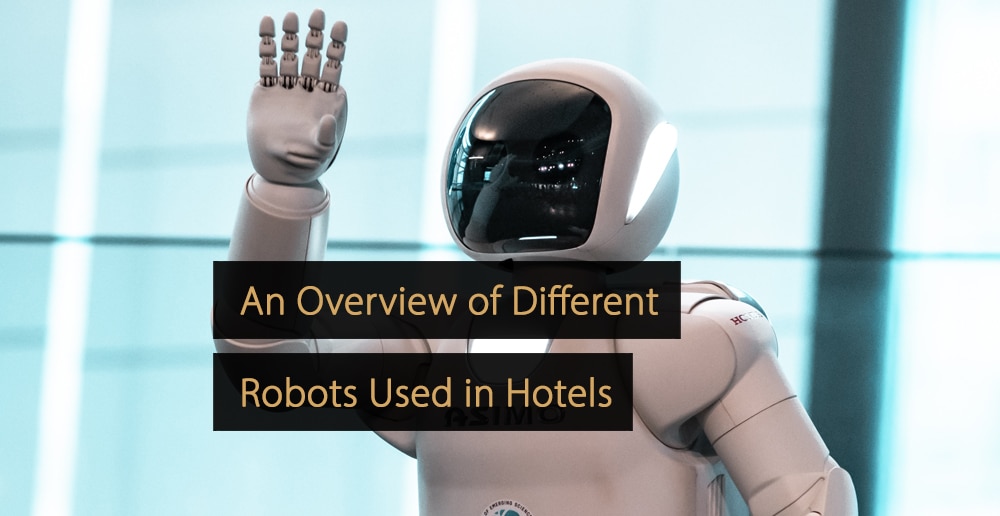

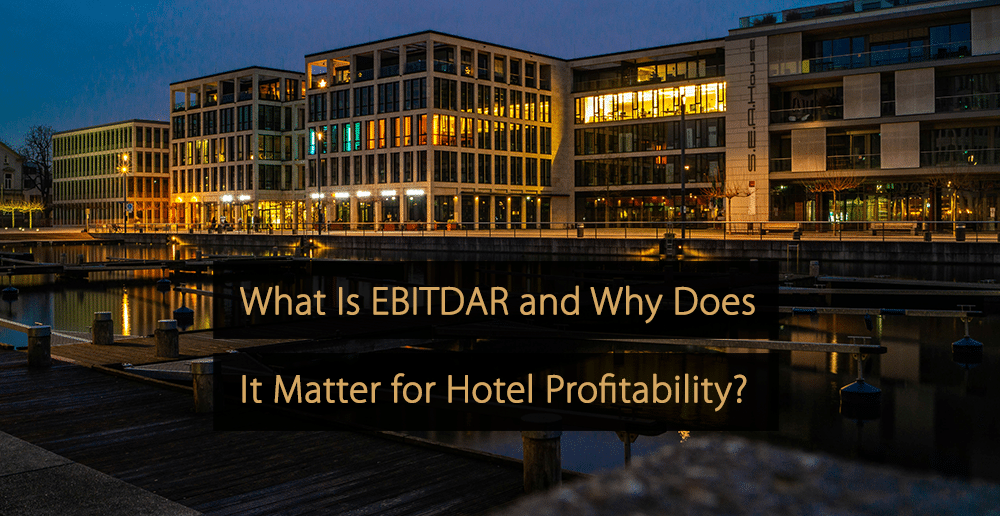



Leave A Comment